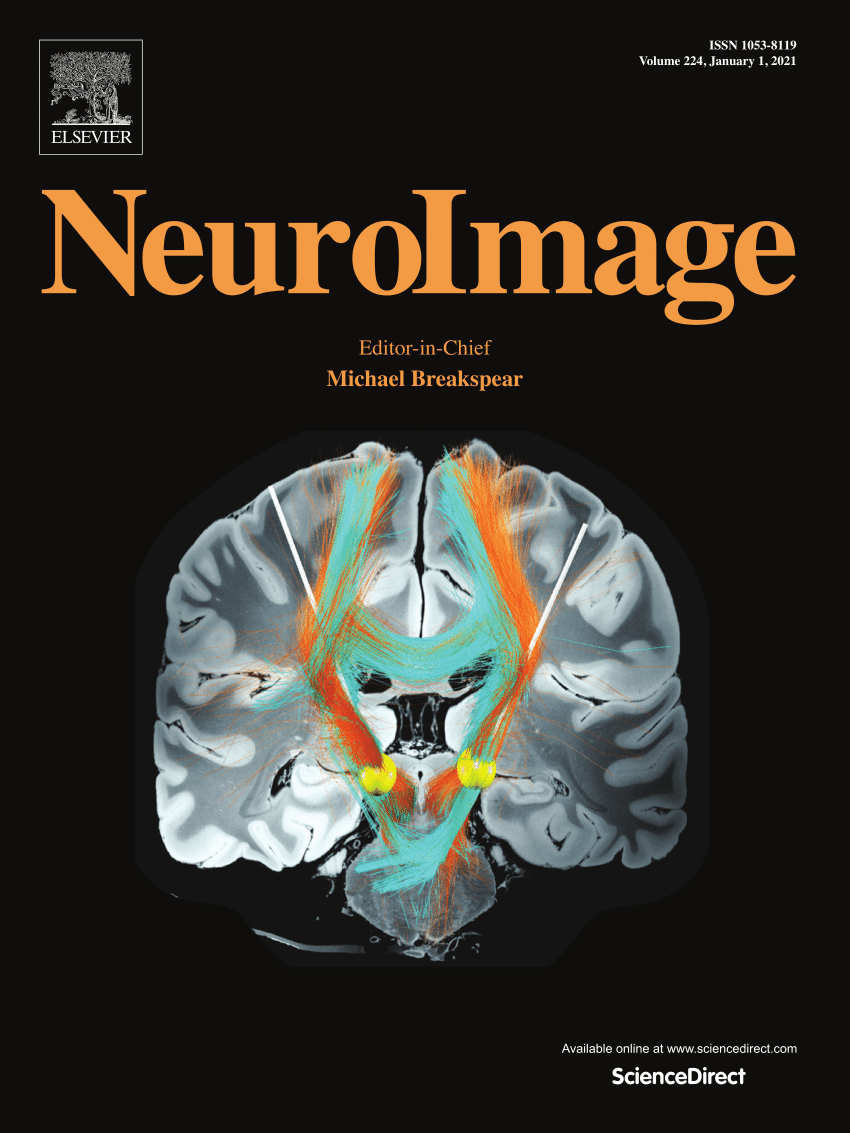Odor-enhanced Visual Processing in PTSD
IF 4.7
2区 医学
Q1 NEUROIMAGING
引用次数: 0
Abstract
Significant differences in the independent processing of trauma-related visual or olfactory cues have been demonstrated in posttraumatic stress disorder (PTSD). Yet, it remains unclear if PTSD-related differences exist in how the olfactory and visual systems interact to process potential threat. The present fMRI study assessed odor-enhanced visual processing (i.e. greater activation in visual areas to combined odor-picture cues compared to picture cues presented alone) in 46 combat veterans (19 with PTSD (CV+PTSD) and 27 healthy controls (HCV)). As expected, general odor-enhanced visual processing was demonstrated in the overall group, and CV+PTSD, compared to HCV, demonstrated significantly more threat odor-enhanced visual cortical activation to neutral images. Unexpectedly, however, CV+PTSD, compared to HCV, demonstrated significantly less threat odor-enhanced visual cortical activation to combat-related images. Functional connectivity findings mirrored those results and indicated a PTSD-related increase in olfactory-visual connectivity with neutral images and decrease with combat-related images. These findings suggest potential sensory processing dysregulation in PTSD that could be based in an olfactory-visual coupling impairment. Findings are also consistent with a PTSD-related focus on potential threat that may override the need to process additional sensory information important for the biological functions that promote survival.
求助全文
约1分钟内获得全文
求助全文
来源期刊

NeuroImage
医学-核医学
CiteScore
11.30
自引率
10.50%
发文量
809
审稿时长
63 days
期刊介绍:
NeuroImage, a Journal of Brain Function provides a vehicle for communicating important advances in acquiring, analyzing, and modelling neuroimaging data and in applying these techniques to the study of structure-function and brain-behavior relationships. Though the emphasis is on the macroscopic level of human brain organization, meso-and microscopic neuroimaging across all species will be considered if informative for understanding the aforementioned relationships.
 求助内容:
求助内容: 应助结果提醒方式:
应助结果提醒方式:


